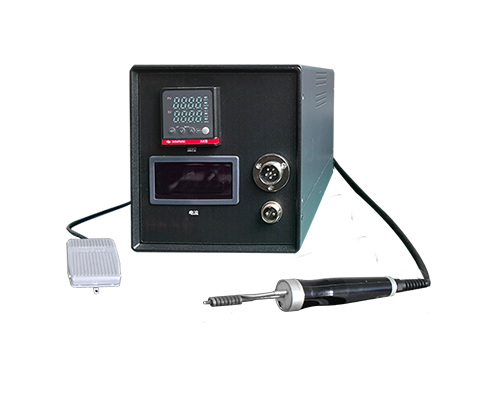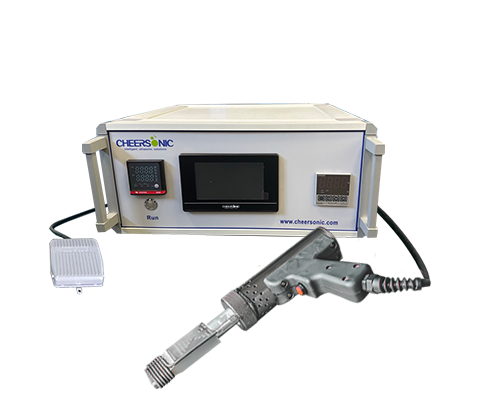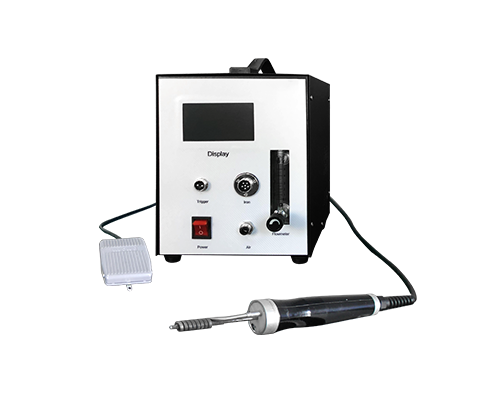In fields such as medical devices and consumer electronics, microsensors are evolving toward micron-scale dimensions and high integration. Their metal terminals serve as the core interface for signal transmission, and welding quality directly determines device performance and lifespan. However, terminal diameters are often less than 0.2mm, and they are often surrounded by heat-sensitive components. Traditional welding processes struggle to overcome the dual bottlenecks of precision and protection. The emergence of ultrasonic soldering irons provides an ideal solution to this problem.
Welding metal terminals for microsensors faces three core challenges. First, there are molding difficulties caused by terminal miniaturization. The diameter of traditional soldering iron tips far exceeds the terminal size, which can easily cause bridging of adjacent solder joints, resulting in short-circuit rates exceeding 30%. Second, there is a significant risk of thermal damage. The upper temperature limit for components surrounding the terminals is often below 80°C, and the heat-affected zone of traditional soldering is too large, easily causing component failure. Third, strict cleanliness requirements exist. Flux residue can corrode the terminals or affect sensor detection accuracy, resulting in errors exceeding 10%. These pain points have long constrained the mass production yield of microsensors.

Ultrasonic soldering irons address these challenges with their unique technical principles. Its core lies in combining high-frequency vibration with precise heating. Using 20-60kHz ultrasonic waves, it creates cavitation in liquid solder, removing oxide films from metal terminals without flux and simultaneously squeezing out air bubbles within the solder, achieving dense, pore-free solder joints. This mechanical cleaning method eliminates chemical contamination at the source, perfectly matching the high cleanliness requirements of sensors.
To meet the demands of miniaturization, ultrasonic soldering irons offer the advantage of precise control. A fully digital frequency tracking system adjusts vibration parameters in real time, and coupled with a continuously temperature-controlled soldering head, it achieves micron-level soldering positioning. Its 70W power output precisely focuses energy, keeping the heat-affected zone within 0.1mm, preventing damage to surrounding heat-sensitive components. For terminals made of difficult-to-solder materials such as stainless steel and titanium alloys, direct soldering is possible without surface pretreatment, significantly simplifying the process.
As miniaturized sensors evolve towards smaller sizes and higher precision, ultrasonic soldering irons are becoming a core technology for metal terminal soldering. With its pollution-free, precise and low-damage characteristics, it breaks the limitations of traditional processes and injects continuous impetus into the high-quality development of precision electronic manufacturing.





